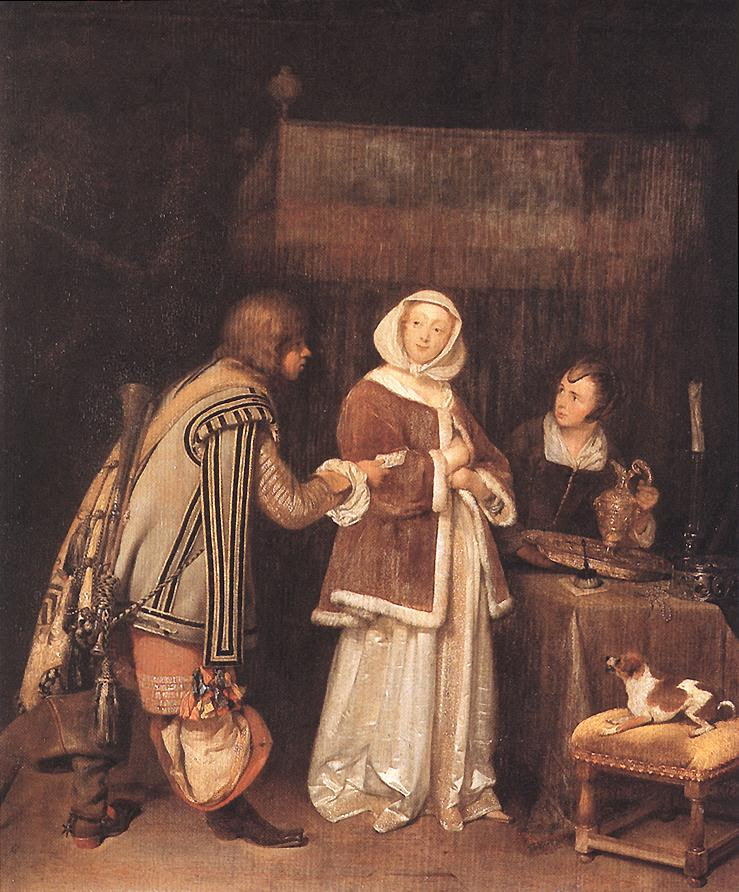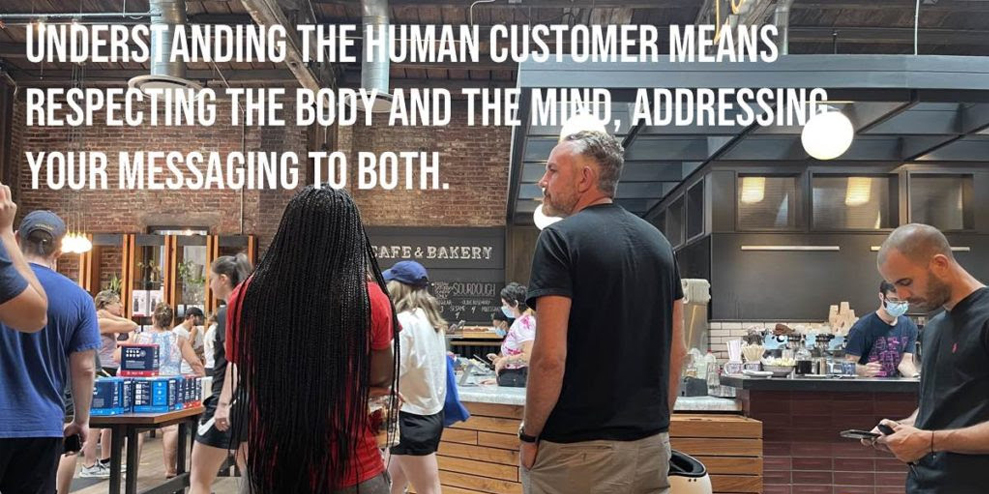What makes art art? Why is art so important to humanity?
These are big questions and not ones that come up often in the context of connecting more effectively with your customers. That’s a shame. Understanding what art is and why recorded imagery has such a powerful impact on human behavior is a fundamental aspect of successful brand building.
Through the Eyes of the Neuroscientist
To answer these questions, we need to take a two-pronged approach. The first investigation considers our customers simply as the human-animal: we’re biological organisms, influenced by the way our nervous system and brain respond to external stimuli.
Here we see research that measures brain activity when viewers are exposed to different types of art. It’s clear that certain patterns evoke more brain activity and stronger positive emotional responses than others. For example, the two eyes and a smile of a human face pattern is so appealing that we try to find it everywhere—in the clouds or in the dappled colors of an Impressionist painting.
Being able to recognize this pattern pre-disposes one toward survival suggests neurologist V.S. Ramachandran.1 That may be why we find the experience of viewing this pattern in artwork an enjoyable experience. Experiences we enjoy are experiences we repeat, and thus the best imagery—artwork—comes to occupy an important place in our culture.
This type of information is good to have. It helps us understand the mechanics of the human experience. However, just as a car is far more than the motor that propels it, we are far, far more than our biological responses to external stimuli.
Nurture, it turns out, is just as important as nature. Our education and experience lead us to prefer particular patterns over others. Cultural influences play a powerful role in shaping our opinion of what is attractive and what is not.
The impact of artwork on human beings can be divided into two parts: the way the image affects the human bio-mechanically, and the way the image resonates and is received within the individual viewer’s personal frame of reference, generally measured in terms of an emotional response. We’re happy to know the car works, in other words, but what we really want to know is: Is it fun to drive?
For that, we need less of the neuroscientist and more of the storyteller.
Through the Eyes of the Storyteller
Every image tells a story. Sometimes this story is told overtly. Sometimes the tale-telling is more subtle.

Look at the image above. This painting is The Letter by Gerard ter Boch. We can see two layers of storytelling here. At first glance, it seems simple enough: a messenger is delivering a missive to two young ladies. Delving deeper, we examine the expression upon each of the two ladies. They are quite distinct, and we wonder what might have provoked them.
It is that sense of wonder that interests us. When something makes us wonder, we’re curious. We want to learn more. A spirit of inquiry arises.
The search for wonder is always with humanity: we scan imagery constantly, incessantly, and almost completely unconsciously in the search for the visuals that speak completely and concisely to us. We are seeking our own experience, our own emotions, our own worldview, delivered via someone else’s vision.
When many people find that wonder in one image, that image is shared. It becomes part of the collective experiential framework.
When an image is shared, it is transformed. Individual appreciation of art takes on a new dimension when others enter the conversation. Having one’s opinion validated or repudiated, explicitly and enthusiastically embraced or violently rejected, shapes the perspective one has in relationship to the artwork. Maybe the painting you adored really isn’t all that awesome if everyone you know hates it.
How tenaciously we hold on to our opinion of individual images as we become aware of other people’s opinions is a way we demonstrate our comfort with our position in that group of people.
Imagery has become a tool of the culture, a way for individuals to express themselves (both through the production of artwork and the consumption of it!)
Imagery builds bonds between individuals, and connections between cultures.
Choosing the Right Imagery for Your Brand
What does all of this mean for the brand manager? We can use the understanding of what makes artwork and imagery more appealing to humanity in general to connect more concretely with our customers. But we have to be smart about it.
The emerging science that is slowly accumulating into the discipline of neuro-aesthetics (and already packaged as neuro-marketing at an agency near you!) has definite value. Knowing definitively what shapes, colors, and patterns provoke the strongest biological responses in the viewer is good information to have.
This good information becomes better when it is coupled with an understanding of the experiential framework most common to your customers.
It’s safe to say your customers are all human, but what type of human are they? The stronger your ability to answer that question accurately, the easier it becomes for you to select imagery that will resonate strongly within your customer’s experiential framework.
In other words, you’ll be able to build a car that’s mechanically superior and a lot more fun to drive.
Understanding the human customer means respecting the body and the mind, addressing your messaging to both.
…
Seeking to build and grow your brand using the force of consumer insight, strategic foresight, creative disruption and technology prowess? Talk to us at +971 50 6254340 or mail: engage@groupisd.com or visit www.groupisd.com/story


